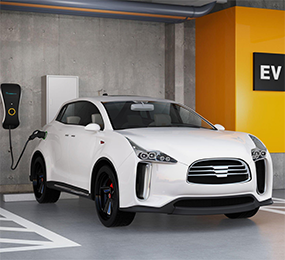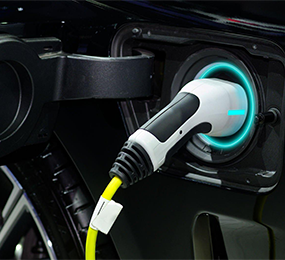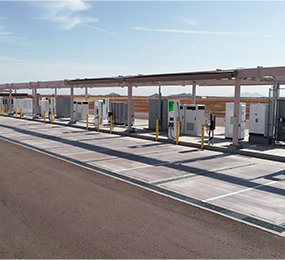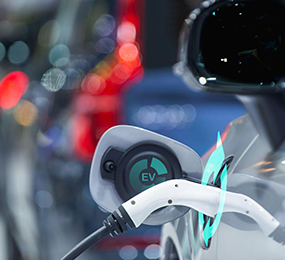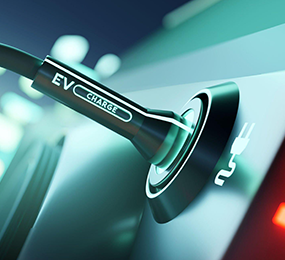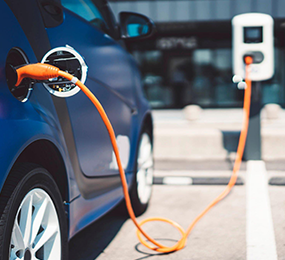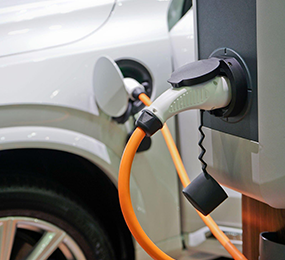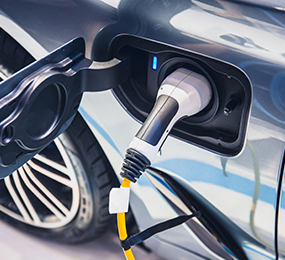The Impact of Home Charging of EVs on the Low Voltage Grid
The growing use of electric vehicles creates new issues for the electrical system. Their charging process puts strain on the electrical grid since more energy must be supplied, particularly during high demand hours. Depending on the circumstances, this increased strain might lead to severe network problems. These effects may differ depending on market penetration, energy consumption, plug-in time, charging rate, grid architecture, and associated operating equipment.
Voltage constancy
Voltage stability is the most important aspect in integrating EVs into low voltage systems. The minimum voltage in the grid was near to or surpassed in all grids with strong EV penetration. Thermal limitations were only exceeded for grids with unique properties, and most grids were considerably below the specified limits. Equipment usage is higher in suburban grids compared to campestral and rural grids.
Overloading
The increased demand caused by EV charging might overwhelm cables and transformers. This is most often the case with retrofit charging stations that were not factored into the initial grid- or house-connection dimensioning. The biggest issue with several charging stations in the same building and rapid charging stations is the considerable excess load they produce. These issues may be avoided if the charging infrastructure is included in the early planning.
The effect of EV charges on the grid
Although the proliferation of EVs and charging stations benefits the environment and the economic viability of countries, it might have a negative influence on the electricity grid. Before moving on to alternative cures or strategies to alleviate them, these impacts must be recognized.
Fast charging stations' high charging loads result in:
• increased peak demand
• reduced reserve margins
• voltage instability
• reliability issues
Solutions to reduce grid effects
Smart charging
Another option for reducing the grid effect of EV charging stations is smart charging. It enables us to manage EV charging intelligently without overwhelming or undermining the grid.
It operates by creating channels of communication between utility providers and charging operators, hence streamlining the charging process. Smart chargers vary the amount of electricity sent to the EV based on the demand on the grid. In smart charging, EVs cannot just plug in and absorb as much energy as they desire. This technology gives a network operator the flexibility to modify the flow of electricity into EVs, which helps customers by improving grid dependability.
Smart charging has three primary characteristics:
• Power sharing
• Power enhancement
• Dynamic power sharing
It is a one-way procedure that is required to grow the number of EVs on the market and to conduct a successful transition from ICE-powered vehicles to EVs while avoiding chaos.
Integration of vehicles and power grids
Vehicle-to-grid integration (V2G) is a technology that allows electricity to be sent from an EV's battery back to the grid. V2G is similar to smart charging in that it allows the grid to regulate the charging of the EV, increasing or lowering the charge based on grid requirements. Furthermore, it allows the battery's charged electricity to be withdrawn and transferred back to the grid to balance changes in energy output and consumption.
V2G improves the grid's capacity to balance itself, which will be useful as the quantity of solar and wind energy coming online increases. Without V2G, electricity will have to be transported back from far reserve power plants. This will raise electricity prices since starting backup plants not only takes time but is also expensive. V2G enables localized grid balancing, potentially boosting stability and lowering losses.
Visit our website to know more: https://www.leadventgrp.com/events/ev-charging-infrastructure-forum/details
For more information and group participation, contact us: [email protected]
Leadvent Group - Industry Leading Events for Business Leaders!
www.leadventgrp.com| [email protected]


